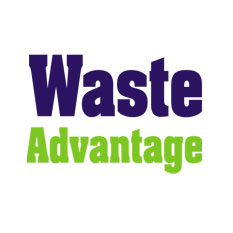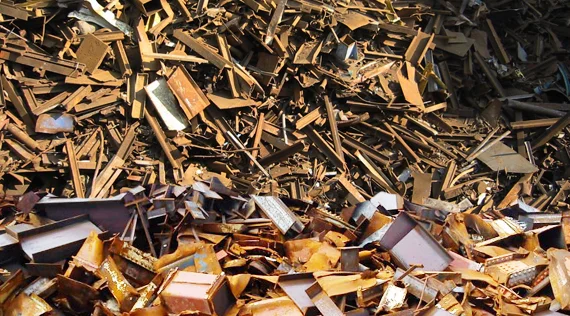Chemist Turns Trash Into Treasure
Waste & Recycling | 2023-04-20 00:07:36
Polyolefins encompass two categories of plastics, polyethylene and polypropylene, and make up 65% of all the plastics used in the world.
SEATTLE (Waste Advantage): Every day, U.S. manufacturers make enough plastic products to fill the Bank of America Stadium in Charlotte — from turf to the brim, from end zone to end zone and from the sidelines to the nosebleeds. Plastics make products lighter and more effective, but their disposal is problematic. Of each stadium’s worth of plastics, the U.S. only recycles 8.7%. The rest ends up in landfills, in incinerators or as environmental pollutants after they outlive their useful lives. “By 2050 scientists predict there will be more plastic in the ocean than fish,” said Frank Leibfarth, an associate professor in the chemistry department at Carolina.
Instead of using traditional approaches like mechanical recycling to mitigate the plastic waste issue, Leibfarth focuses on polymers — collections of large molecules that are the building blocks of many of the world’s natural and synthetic materials. Silk, wool and DNA are examples of naturally occurring polymers, while nylon, epoxy and polyester are synthetic. Leibfarth and his team study the most-used plastics in society, called polyolefins, to find ways to change their chemistry and make them more valuable.
Polyolefins encompass two categories of plastics, polyethylene and polypropylene, and make up 65% of all the plastics used in the world. Plastic bags and milk jugs are made of polyethylene. Polypropylene can be found in the exterior of cars. A similarity shared by all polyolefins is the simplicity of their chemistry. They are made completely of carbon and hydrogen, with two of the strongest types of bonds known to chemists. “The chemistry is what makes recycling polyolefins particularly challenging, but chemists get really excited about it,” Leibfarth said. Solutions to the plastic waste problem have been on the agenda of chemistry researchers for decades. “This is exactly what we can try to solve at UNC with interdisciplinary collaboration and some creativity.”
Courtesy: www.wasteadvantagemag.com
 By
By 